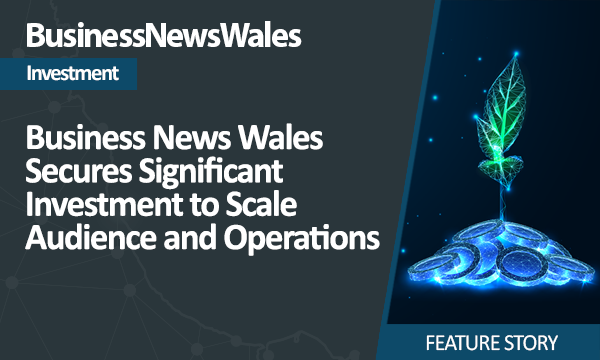
Written by:
Victoria Winckler
Director
The Bevan Foundation
______________________________________________________________________________________________________________________________
JK Galbraith, the renowned US economist, once said that ‘the only function of economic forecasting is to make astrology look respectable’. Despite that damning praise, a team of economists from NIESR and Cardiff Business School recently set out their forecasts for the Welsh economy. It was as sobering as anything an astrologist might come up with.
The context for the Welsh economy is without question very difficult. A global slow-down in growth is forecast, especially in more mature economies such as those of the US, UK and Euro zone. Aside from 2020, global growth is expected to be at its lowest since 2009. In the UK, output is expected to increase by a mere 1 per cent over 2024, despite an anticipated and welcome fall in inflation and interest rates. The UK labour market is expected to cool, with fewer vacancies and wage increases returning to average levels.
There was a crumb of comfort in that the Welsh economy is by no means alone in facing a tough few years. All nations and regions of the UK are likely to experience sluggish growth – not even London and the south east are expected to buck the trend according to NIESR. Indeed, Wales’s GDP is likely to slightly outperform that of the UK as a whole over the next few years – probably a first! In contrast, the outlook for Wales’s employment is strikingly poorer, with economists forecasting above average rates of unemployment in the medium term.
Wales’s economic Achilles heel is its low productivity and high levels of economic inactivity. Put another way, not enough people are in work, and those who do work don’t produce enough. This diagnosis is sadly not new. More than thirty years ago, as Wales secured the highest level of EU funding (so-called Objective 1 status), economists noted the twin problems of high economic inactivity and low productivity – it seems that nothing much has changed since then. On top of this, the Welsh economy faces additional challenges from the transition to a low carbon economy, most immediately through the threat to jobs at Port Talbot steelworks but also from potential adjustments on the horizon in other sectors.
What needs to be done?
First of all, the NIESR economists called for action to increase the standard of living of low-income households, preferably through raising the income tax threshold rather than by cutting rates. It remains to be seen if the Chancellor’s forthcoming budget will make the change, but if not it is further reason for the Welsh Government to seek control over income tax bands to sit alongside its powers over rates.
Second, they called for investment by public bodies as well as business. The NIESR team noted the short-term nature of levelling up funds and the lack of underlying strategy, and urged a cash injection for local authorities to spend on physical and social infrastructure to ‘unlock’ productivity gains. This should include increased spending on house building, which would have economic, social and environmental benefits.
And finally, the NIESR economists urged the development of good, green and globally tradable economic activities, with skills matched to jobs. With both candidates to be First Minister committing to a green economy or green prosperity, the question is not so much if the economy will change colour but how they will achieve this goal at a time of significant financial constraint.
Of course, as JK Galbraith pointed out, you may be better off consulting your horoscope than listening to economists’ forecasts. After a quick look at Mystic Meg’s daily forecast for my star sign, I think I’ll stick with the boffins.













